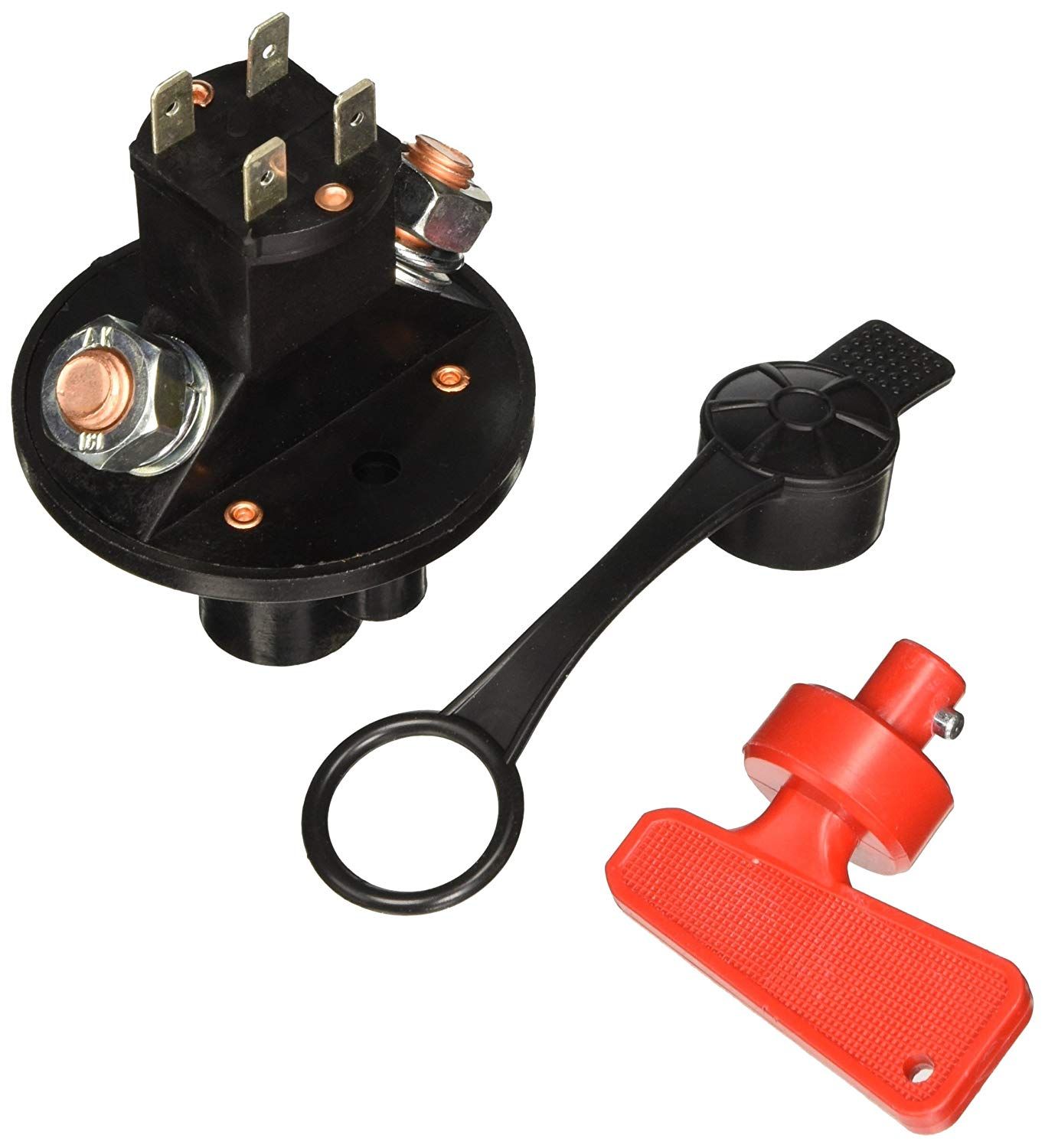If the geometry of the situation forces you to put it on the positive terminal that works just as well.
Rv battery disconnect switch installation positive or negative.
The switch disconnects the battery s electrical power or isolates from the house portion of your rv.
I did install a disconnect switch on the house battery negative terminal and will probably do the same on the chassis batteries.
To answer your questions.
This essentially adds a on off switch to the positive line going from the battery to the camper so when turned to off the camper devices do not continue to draw from the battery.
The negative cable connects to the body ground already so there s no additional danger if it rubs.
Just be careful when making any connections to house batteries.
Thus less amps on the switch.
The battery system has the bim battery isolation manager on a separate fuse and relay panel.
For our application yes the positive terminal of the battery was connected to the disconnect switch and then the camper positive was also connected to the other pole.
The switch is rated at a steady amp and a momentary amp.
If your system has the battery negative tied to earth safety ground or frame ground of a vehicle then you want the switch in the positive leg.
If your battery bank is floating not tied to any sort of safety frame ground in theory you want a double pole switch that turns off both and power at the same time.
There s a more practical reason the negative post is more accessible and it doesn t have the extra hot wires going to the positive battery clamp to deal with.
It s a class c mh so no 5er or tt issues.
I plan on installing a battery disconnect switch on our bc this spring when i bring it out of storage.
In case your rv does not have one you can opt for an aftermarket rv battery disconnect switch installation.
Typically the battery disconnect switch is designed to disconnect the house batteries similar to pulling the negative cable off the battery so nothing can drain it when the unit is not in use or in storage.
So you re less likely to have the shower of sparks when disconnecting the switch since you re further away from the fender well sheet metal.
It s the same principle as why you should always disconnect the battery s negative side first.
Spotting the switch in the rv is quite easy.
I say negative and heres why.
My first inclination was to put the switch on the negative leg of the circuit.
Well if the electrons are flowing from the positive to the negative and some are getting used up by the starter and or the system so there should be less going back into the battery.





























